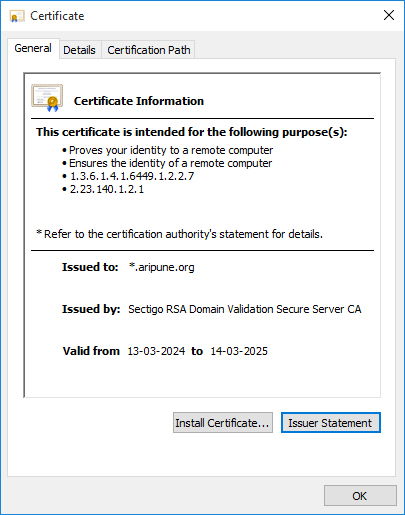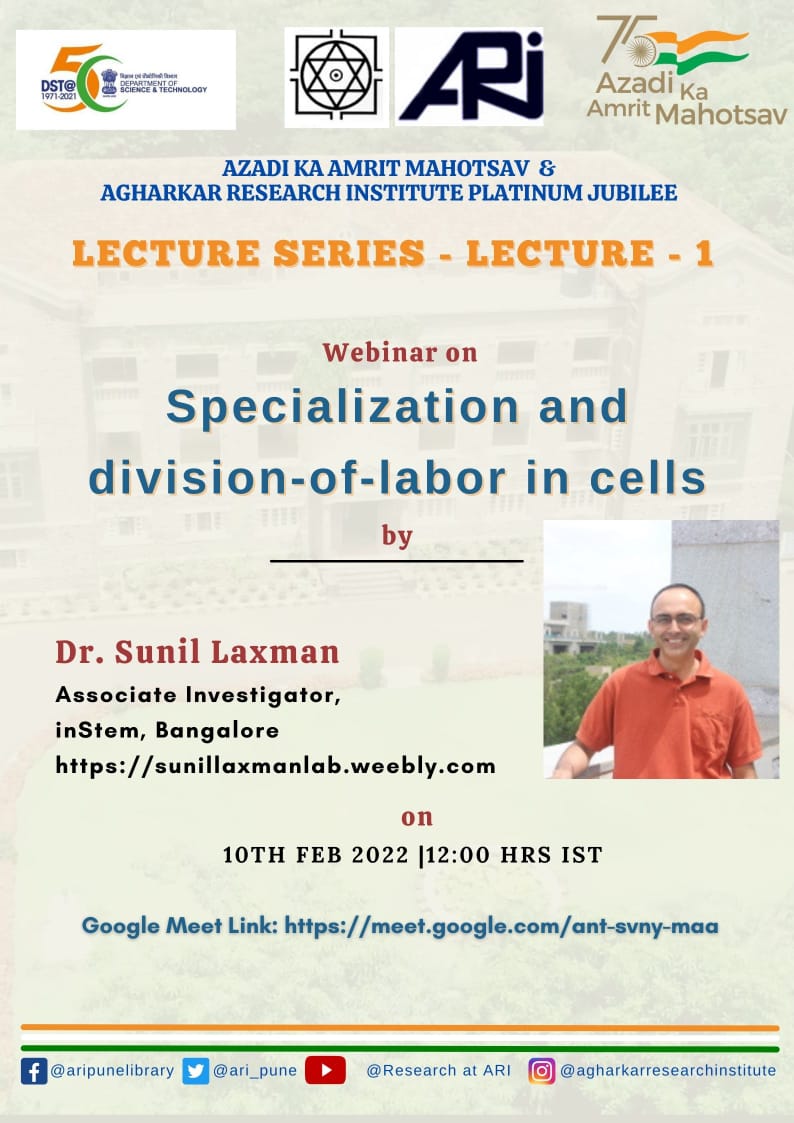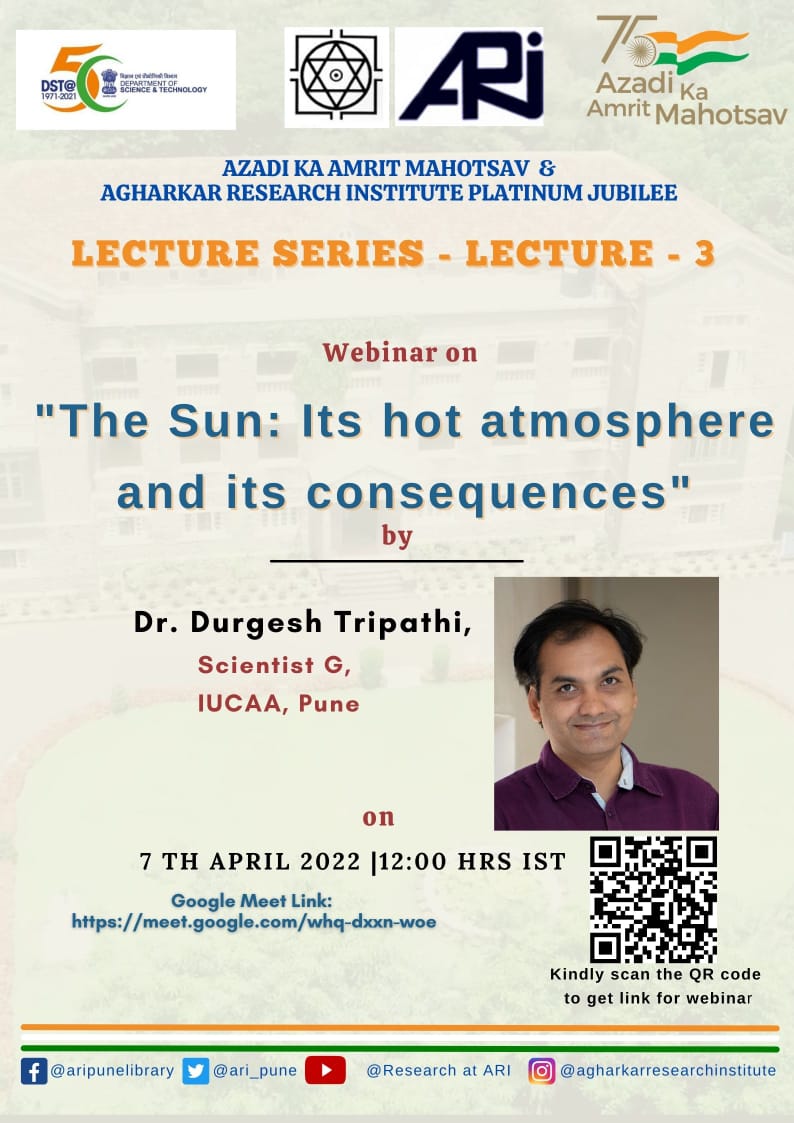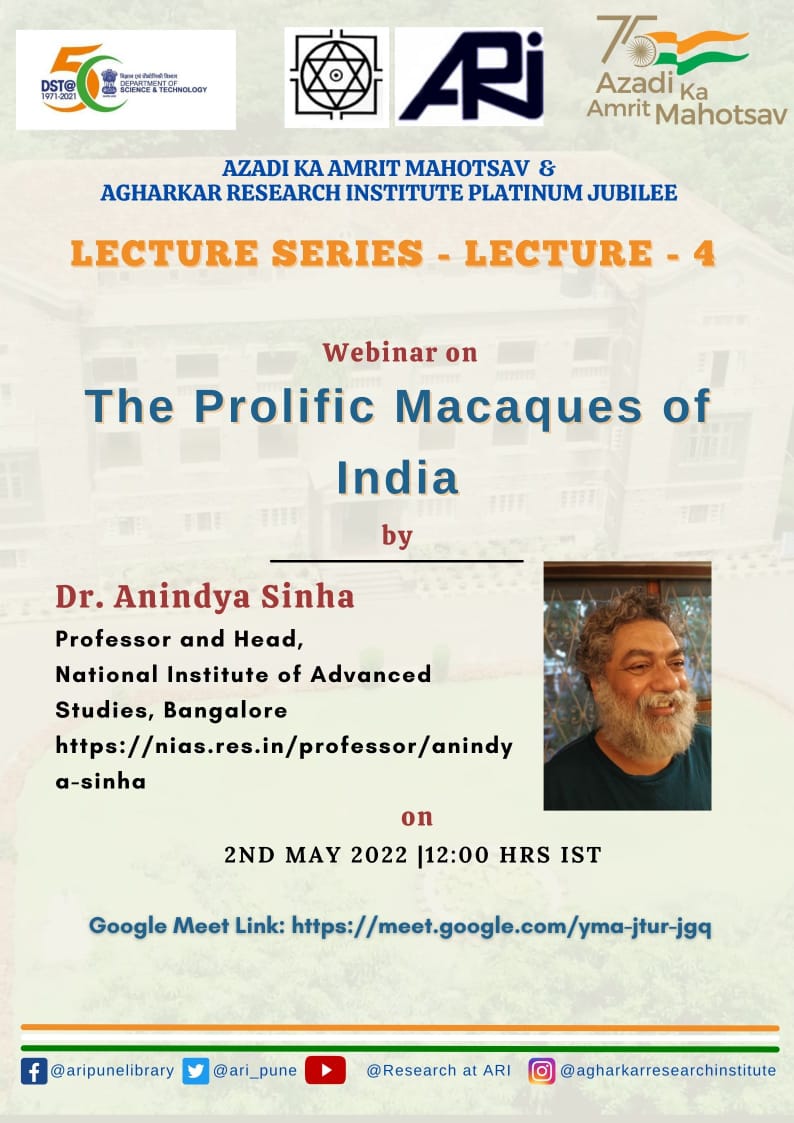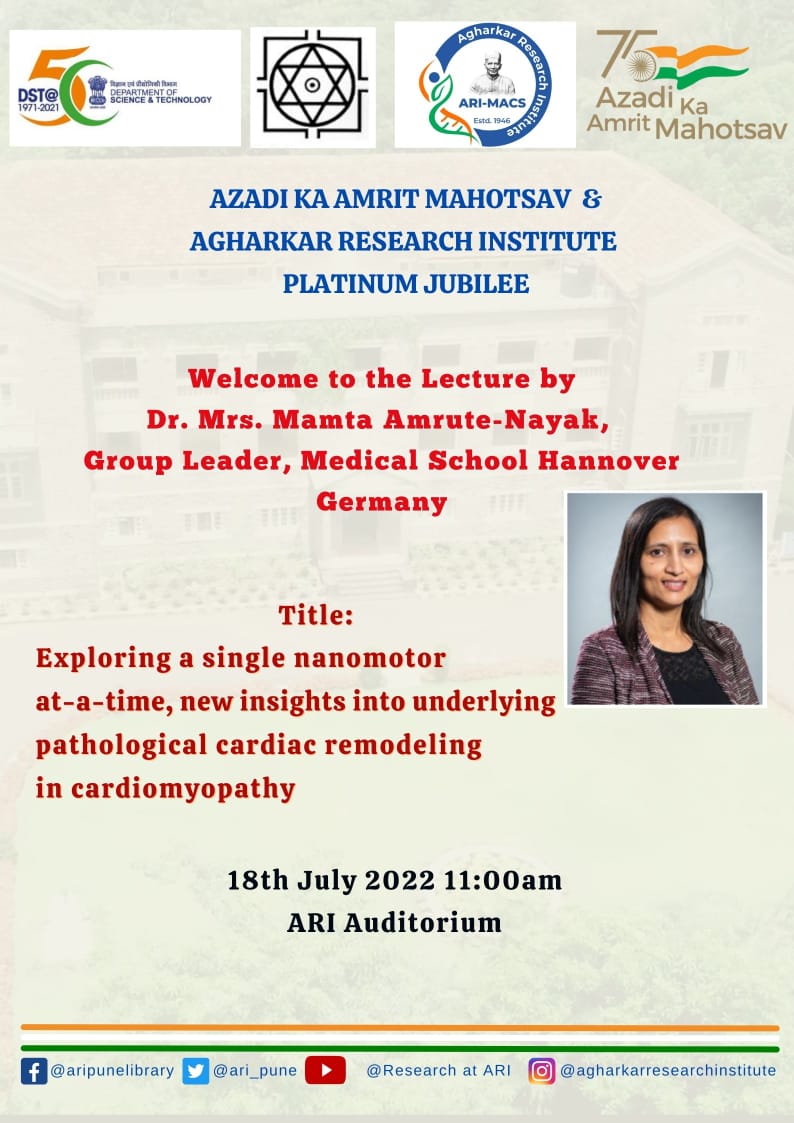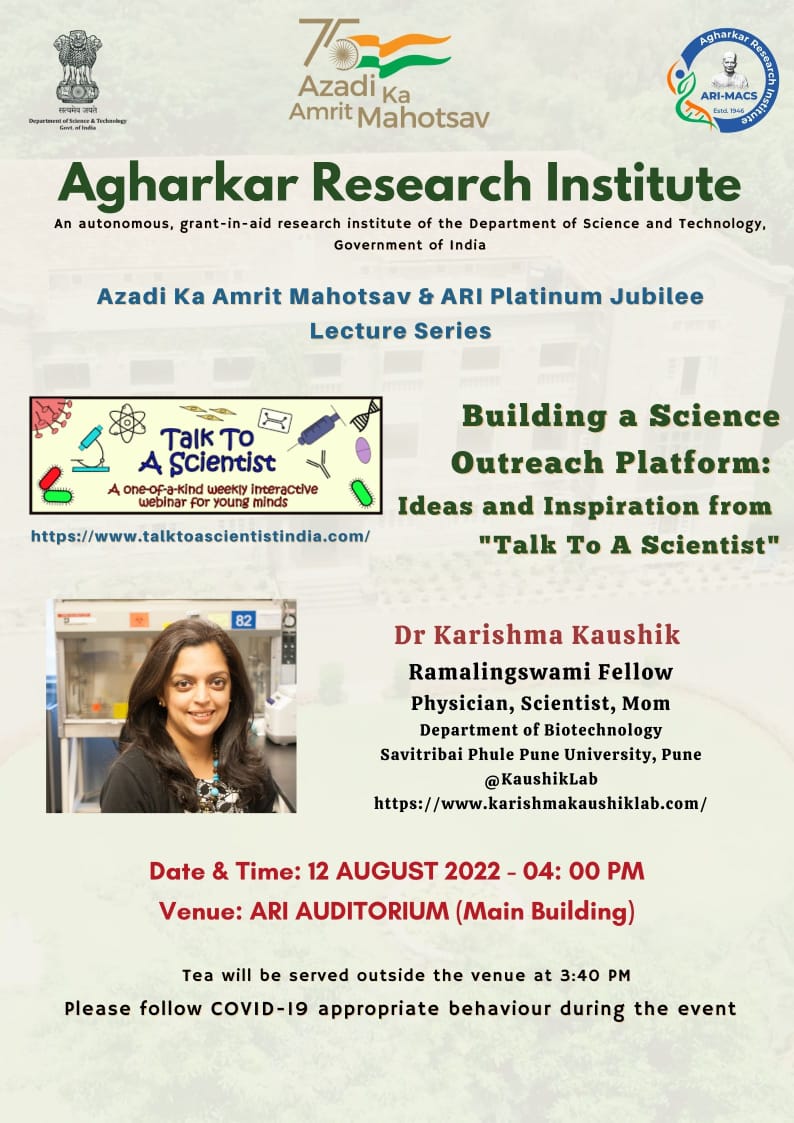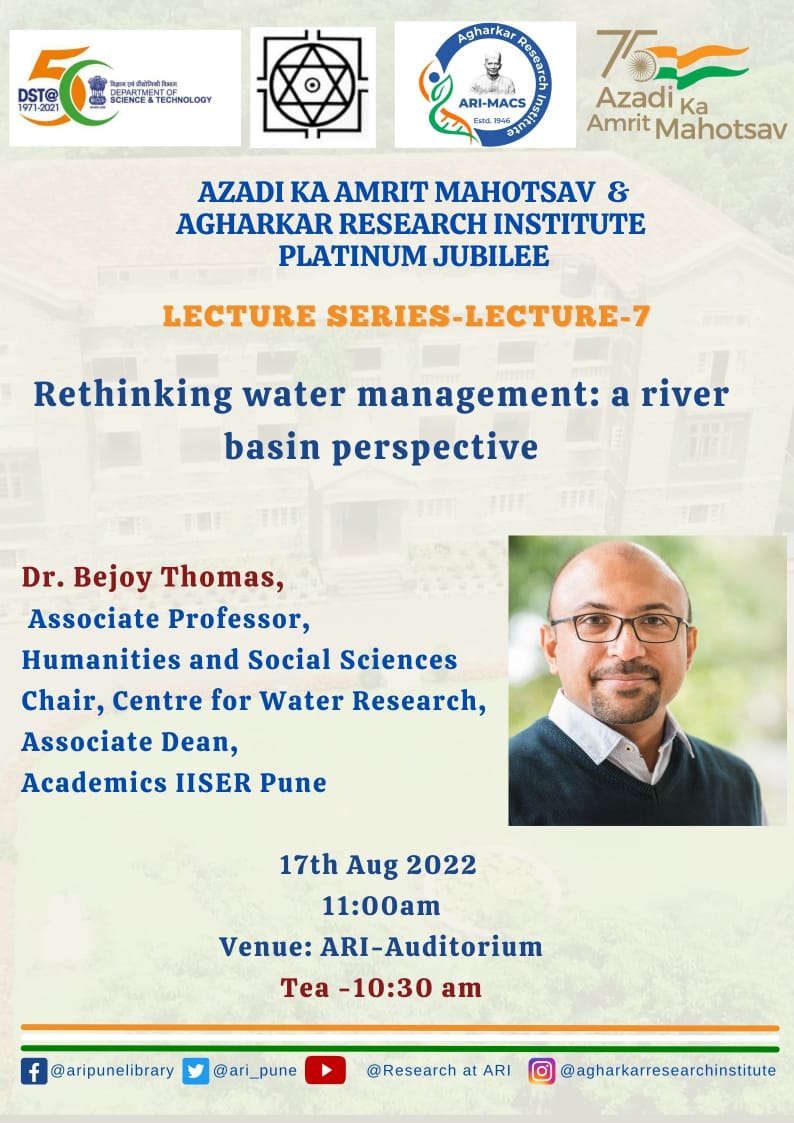
Google Scholar / Social Media
Name : Dr. Arindam Bhattacharjee
Designation : SERB Ramanujan Fellow
Brief Background :
Dr. Arindam Bhattacharjee pursued his undergraduate studies at the University of Calcutta. In 2012, he joined Dr. Kalyan Mitra’s lab at CSIR-Central Drug Research Institute, Lucknow to perform doctoral work on drug-induced cell death mechanisms,which turned out to be regulated by autophagy. He then extensively trained in high-resolution microscopy techniques (e.g., TEM) to study the autophagic process on an ultrastructural level.
This, coupled with a well-timed 2016 Nobel to Prof. Yoshinori Ohsumi, motivated him to pursue a postdoc in the field of autophagy in the lab of Prof. Gabor Juhaszat the Biological Research Centre, Hungary in 2017. Here, as an NKFIH OTKA Postdoctoral Fellow, he worked on Drosophila models of selective ubiquitin autophagy, SNARE proteins, and lysosomal ion channels. He returned to India in 2024 with a Ramanujan Fellowship from SERB and a Ramalingaswami Fellowship from DBT.
Since 2024, Dr. Bhattacharjee has joined Agharkar Research Institute to work on understanding lysosomal diversity on a physiological level. Specifically, his group will try to establish a multi-dimensional model of the intracellular population of lysosomes using quantitative microscopy-based approaches and then challenge cells to stressors such as proteotoxicity (e.g., mutant Huntingtin expression), lysosomal ionic imbalance, and infection to study the shift in lysosomal behavior under those setups. Since lysosomes are the endpoint of multiple cellular pathways and often implicated in diseases, the findings will ultimately be used to design novel interventions to target lysosomal catabolism. Scientific training opportunities for interested BSc and MSc studentsareopen.
Contact Details :
020-2532-5080
- 2024-present: SERB Ramanujan Fellow (Scientist-D equivalent) at the Agharkar Research Institute, Division of Developmental Biology, Pune, India.
- 2020-2023: NKFIH OTKA Postdoctoral Fellow, Institute of Genetics, Biological Research Centre, Szeged, Hungary
- 2017-2020: Postdoctoral research associate, Institute of Genetics, Biological Research Centre, Szeged, Hungary.
- 2018: PhD, Jawaharlal Nehru University, New Delhi, India.
- 2012-2017: CSIR JRF & SRF at CSIR-Central Drug Research Institute, Lucknow, India.
- 2011: MSc, Asutosh College, University of Calcutta (Ranked Ist within batch).
- 2009: BSc, BKC College, University of Calcutta (Ranked Istwithin batch).
Using genetic and microscopic tools, we will aim to build a model of intracellular lysosomal diversity taking into account its physical and biochemical features and study its response under scenarios such as amino acid starvation (autophagy), lysosomal calcium release, lysosomal membrane damage, proteotoxicity (expression of toxic and non-toxic cargoes such as p62 and mHtt), and infection [Panel 3 shows an example of alysosomal response upon opening an ion channel in HEK-293 cells, where the individual vesicles shift from high luminal Ca2+ to low luminal Ca2+ (x-axis), and from high luminal pH to low luminal pH (y-axis; increase in fluorescence corresponds to acidification)]. The ultimate goal would be to use genetic/pharmacological means to manipulate lysosome behavior during stress toward fulfilling their catabolic goals.
- Laczkó-Dobos H*, Bhattacharjee A*, Maddali AK, Kincses A, Abuammar H, Sebők-Nagy K, Páli T, Dér A, Hegedűs T, Csordás G, Juhász G. PtdIns4P is required for the autophagosomal recruitment of STX17 (syntaxin 17) to promote lysosomal fusion. Autophagy. 2024 Mar 8:1-12.
2.Bhattacharjee A*, Ürmösi A*, Jipa A, Kovács L, Deák P, Szabó Á, Juhász G. Loss of ubiquitinated protein autophagy is compensated by persistent cnc/NFE2L2/Nrf2 antioxidant responses. Autophagy. 2022 Oct;18(10):2385-2396.
- Laczkó-Dobos H, Maddali AK, Jipa A, Bhattacharjee A, Végh AG, Juhász G. Lipid profiles of autophagic structures isolated from wild type and Atg2 mutant Drosophila. BiochimBiophys Acta Mol Cell Biol Lipids. 2021 Mar;1866(3):158868.
4.Bhattacharjee A*, Hasanain M*, Kathuria M, Singh A, Datta D, Sarkar J, Mitra K. Ormeloxifene-induced unfolded protein response contributes to autophagy-associated apoptosis via disruption of Akt/mTOR and activation of JNK. Sci Rep. 2018 Feb 2;8(1):2303.
5. Hasanain M*, Bhattacharjee A*, Pandey P, Ashraf R, Singh N, Sharma S, Vishwakarma AL, Datta D, Mitra K, Sarkar J. α-Solanine induces ROS-mediated autophagy through activation of endoplasmic reticulum stress and inhibition of Akt/mTOR pathway. Cell Death Dis. 2015 Aug 27;6(8):e1860. (*=equal contribution)
Reviews:
1.Abuammar H, Bhattacharjee A, Simon-Vecsei Z, Blastyák A, Csordás G, Páli T, Juhász G. Ion Channels and Pumps in Autophagy: A Reciprocal Relationship. Cells. 2021 Dec 14;10(12).
2. Bhattacharjee A, Szabó Á, Csizmadia T, Laczkó-Dobos H, Juhász G. Understanding the importance of autophagy in human diseases using Drosophila. J Genet Genomics. 2019 Apr 20;46(4):157-169.
Patents:
1. Goel A, Sharma A, Mitra K, Bhattacharjee A, Kathuria M. Substituted fluoroanthene-7- carbonitriles/esters as fluorescent dyes for cell imaging applications. WO2014147642A1.







